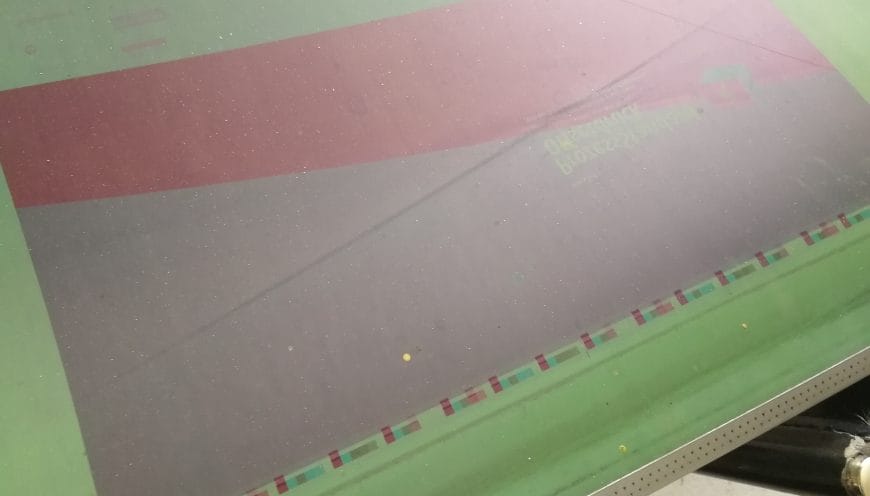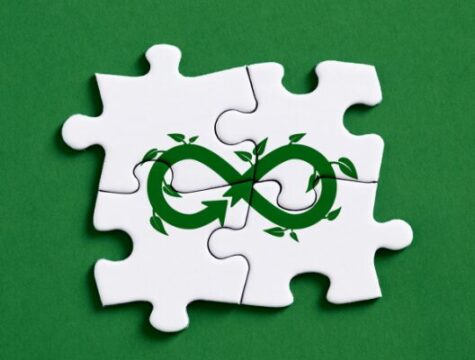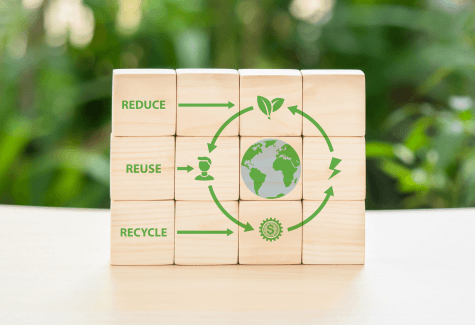On 03-04.06, as part of the Haus der Materialisierung project, Material Mafia, together with Circular Berlin and TU Berlin, organised the first seminar and the workshop on the topic of Printing Blankets
You would ask: Printing Blankets?
The rubber printing blanket is used in the process of offset printing. It is stretched around a printing cylinder and transfers the ink from the printing plate to the paper, for its original use in a printing machine.
The Berlin-based initiative Material Mafia collects these commercial waste materials. It processes them and then stores them for secondary use. Rubber printing blankets from the offset printing industry are promising in this regard for several reasons. Firstly, the material accumulates in large quantities. According to current estimates, 900 – 1900 blankets are disposed of per print store every year, which are in excellent conditions. Secondly, the material is extremely durable and is suitable for use in the fashion and accessories sectors as well as for interior design. For more information about the qualities of the material take a look at the presentation.
The problem is that the current material consists of several layers. The layers are an NBR rubber, backed with cotton textiles, a compressible layer of plastic, and glue. It makes it not suitable for recycling.
Learnings from experts.
Together with the practical experts, who already found the first use case for the printing blankets, we talked about challenges and opportunities for material reuse and upcycling in the production of the new items. The organisations, Fairbag und Roterfaden, showcased the production of bags and other accessories. After the cleaning process, the ink residues and the material are non-hazardous.
Search for new potentials.
There are still many unexplored potentials with that material. The next day, together with the group of designers, artists and architects, we dived into the creative process to explore the material. As a result, we had many new interesting discoveries.





With this work, we want to bring the attention of the industries working with the floor coverings or the one who searches for the leather-substituting material. The circular economy helps to maximise the synergies, and this is the promising material with a lot of unexplored potentials.




